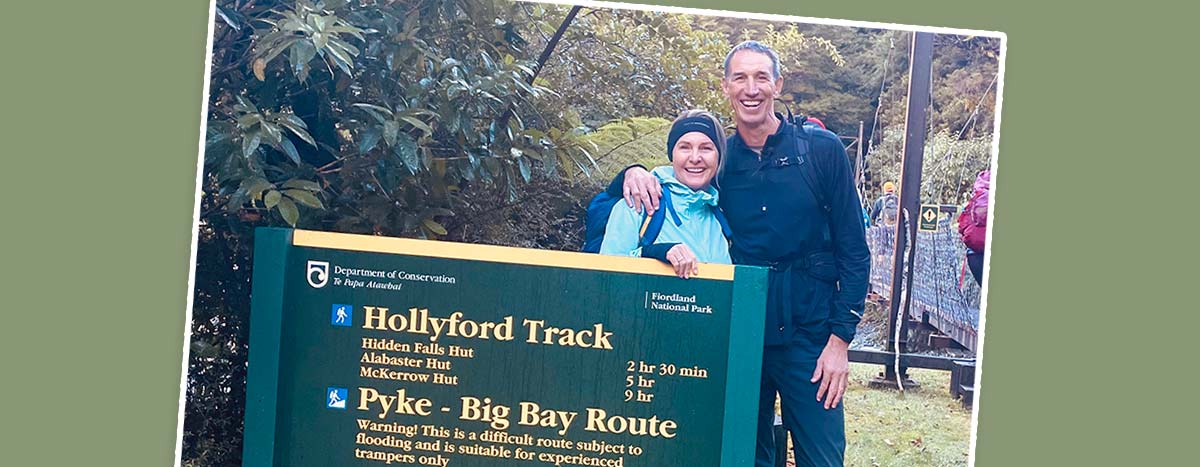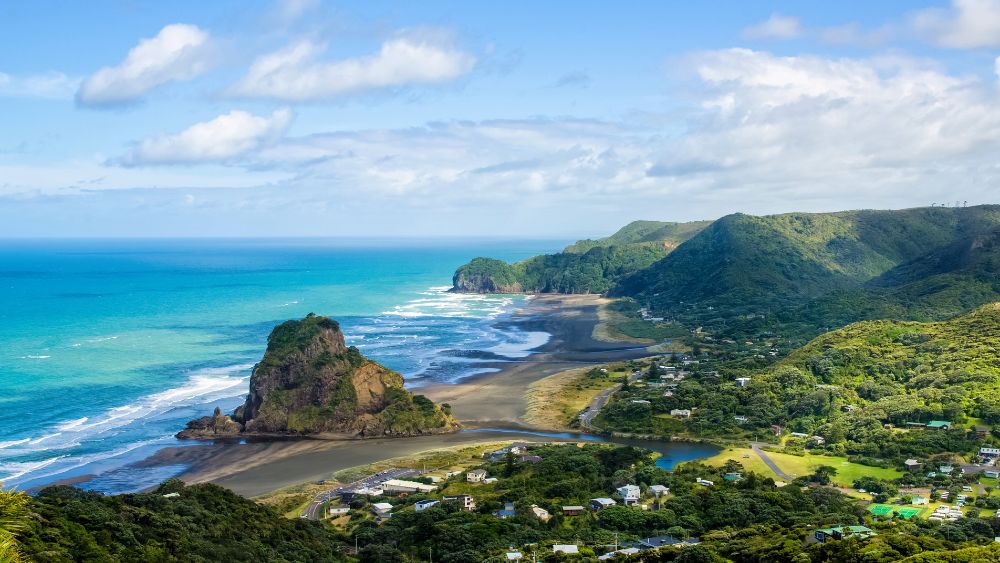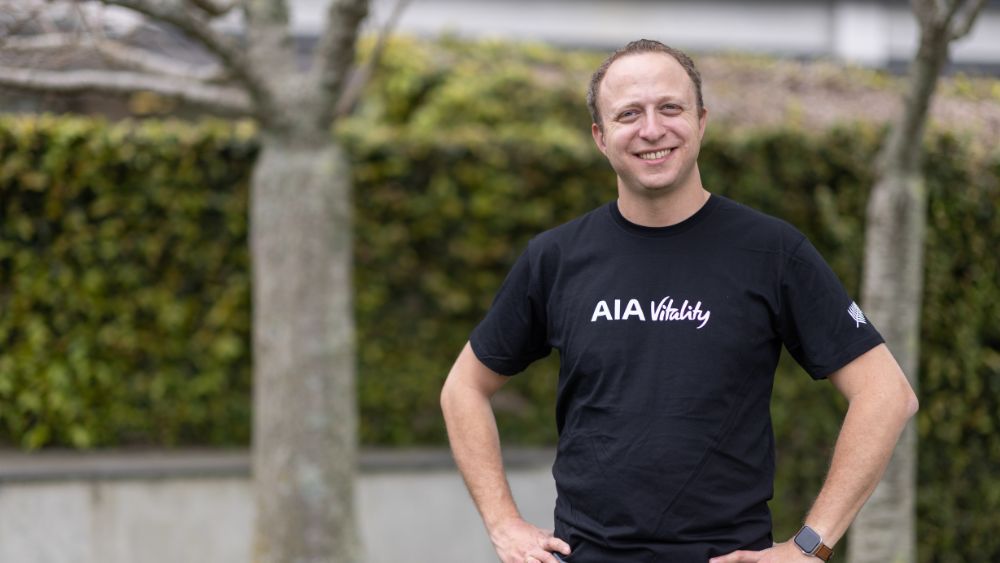Whether you’re tackling an alpine adventure, one of Aotearoa New Zealand’s Great Walks or exploring the country’s amazing natural wonders, having the right mindset, physical conditioning, and understanding of the terrain can make all the difference.
Former All Black and passionate outdoorsman, Ian Jones has explored some of Aotearoa’s most iconic trails. We sat down with Ian to get the inside scoop on his favourite hikes, tips to help you prepare physically and mentally, and advice for protecting our beautiful natural environment while out in the wild. From understanding the impact of Kauri dieback to embracing the ‘Leave No Trace’ policy, Ian provides practical ways for trampers to enjoy New Zealand’s trails responsibly and safely.
Unmissable NZ trails
One of my absolute favourites would have to be the Hooker Valley track in the heart of Aoraki/Mount Cook National Park - it is just stunning. It’s an easy 10km walk there and back, crossing swing bridges with the snow-capped peaks of Aoraki towering in the background. If you can get there, it’s absolutely worth it! Another hike I just love is the Tongariro Alpine Crossing in the central North Island. It’s almost unworldly, and everyone should do it at least once. There are also plenty of great tour companies that make it easy to access and a pretty seamless experience.
For those looking to tick a few of Aotearoa New Zealand’s amazing trails off the list, the Cape Brett Track, from Russell in the Bay of Islands to the Cape Brett Lighthouse, is also a favourite. It can be challenging, but a great feature is you can walk one way and then take a water taxi back, which makes it more manageable. You also can’t forget the Peach Cove hike in Whangārei Harbour at Bream Head. You can stay overnight at Peach Cove, and the views are beautiful. And that’s only a few of the spectacular hikes we are lucky to have right here in our backyard!
Smart preparation
Preparation is key when heading out on a hike, and that includes everything from clothing and footwear, to food, water and knowing the environment you’re heading into. In my experience it’s best to train with backpacks on containing the gear you’ll be using, because that helps work out how to pack properly and how much you can comfortably carry. Getting the right size backpack is important too. Your back, your shoulders, all those little rub points, they really matter, and the right backpack will help avoid this.
One thing I always recommend, and it sounds a bit weird, is training on downhill slopes. Walking downhill is more impactful than going uphill, so it’s important to get used to loading your quads while walking downhill and feeling out how your feet slip in your shoes. If your feet are used to it, if you’ve got the right socks and the right fitting shoes, the whole hike is just more enjoyable. Using tramping poles can also be really helpful for more difficult terrain.
So many hikes in New Zealand also have stairs and they’re brutal. I always say get your head around doing stairs, and make sure you train for them.
It’s also really important to check the weather before you head out and dress accordingly - it can make or break your trip. If conditions change, what was meant to be a great adventure can quickly turn into a tough one. Emergency beacons (EPIRBs) are affordable and worth carrying, especially for multi-day hikes or at the very least, take your phone with tracking features, and make sure to always tell someone where you’re going.
A couple more things: make sure your shoes are properly worn in before a multi-day hike, and wear insect repellent.
Protecting our Kauri
Kauri dieback is a major concern in New Zealand - it’s killing the trees in our beautiful outdoors, some of which have taken centuries to grow. These trees are the kings of the forest, a magnificent taonga, and we need to protect them. They symbolise resilience, and we should treat them with respect.
Unfortunately, there’s no cure for Kauri dieback, but we can help prevent the spread. The best way to do this when you’re out hiking is to clean your footwear and gear thoroughly after walking through a Kauri forest. Most entrances have spray stations, so please use them. It’s also important to avoid walking on Kauri roots, and around Kauri trees, so please stick to the tracks, and if a track is closed, respect that.
Hiking for connection
I encourage people to get outdoors, whether with family or for some solitude, to reconnect with nature. If you’re new to hiking, start with shorter trails and with small, achievable goals. We have plenty of half-day and one-day walks you can try in New Zealand and from there, you can build up to multi-day tramps where you’ll find DOC huts to stay in. The main thing is to enjoy the experience.
Lastly take it at your own pace. There’s no prize for rushing to the hut first. Take breaks, have a picnic, soak it all in. If you do that, you’ll enjoy the experience and want to take on more. Ultimately, tramping is about connection with nature, yourself, and others. Don’t just focus on reaching the destination: stop, look around, and appreciate everything around you. I'd love to see more people taking a moment to soak in the beauty of nature that we are so lucky to have access to in Aotearoa New Zealand.







